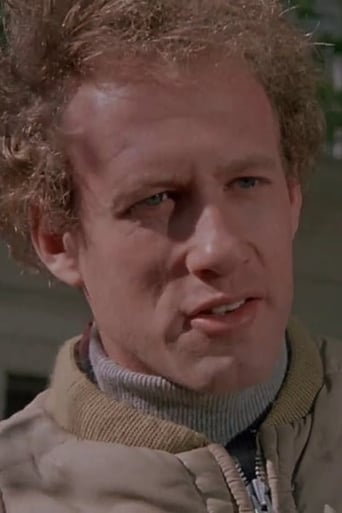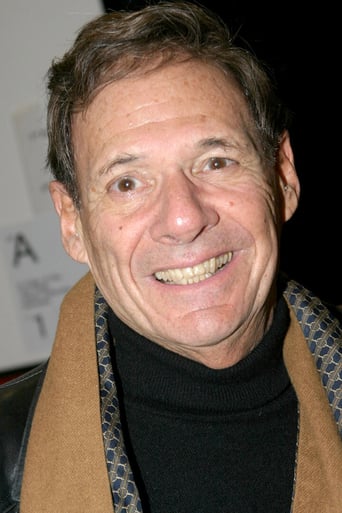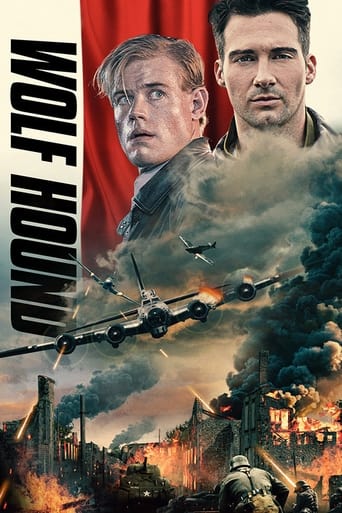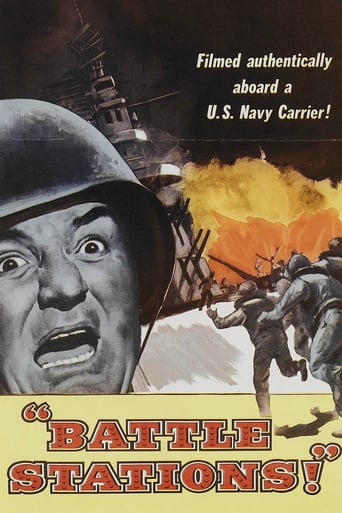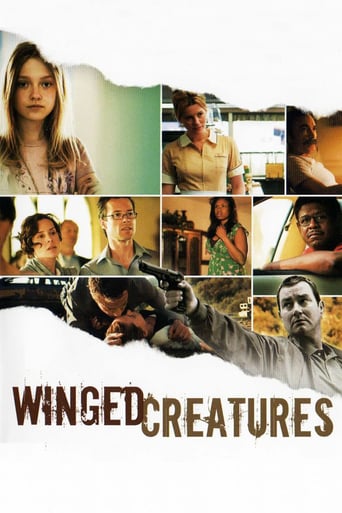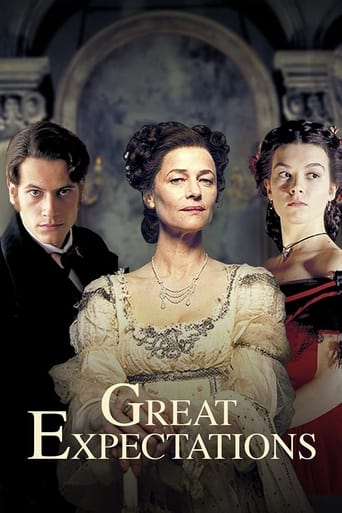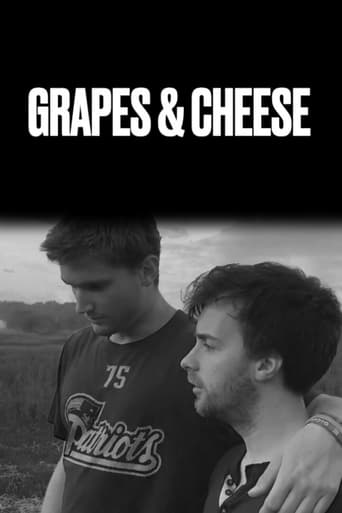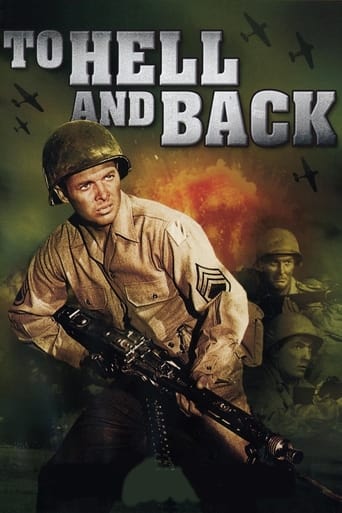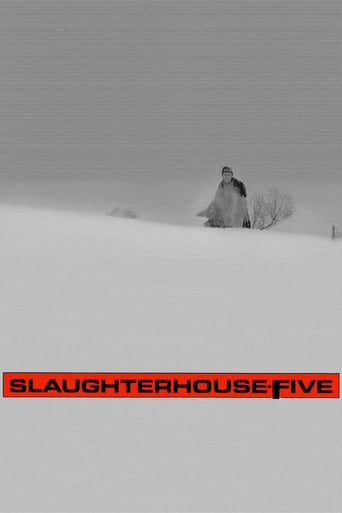
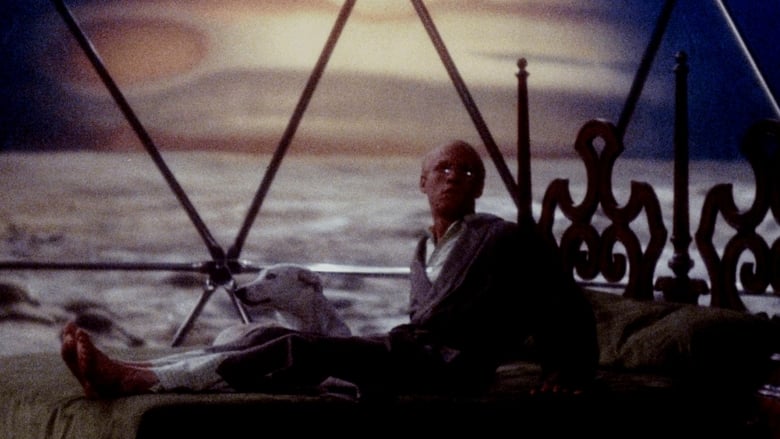
Slaughterhouse-Five (1972)
Billy Pilgrim, a veteran of the Second World War, finds himself mysteriously detached from time, so that he is able to travel, without being able to help it, from the days of his childhood to those of his peculiar life on a distant planet called Tralfamadore, passing through his bitter experience as a prisoner of war in the German city of Dresden, over which looms the inevitable shadow of an unspeakable tragedy.
Watch Trailer
Cast
Similar titles
Reviews
Don't Believe the Hype
Although it has its amusing moments, in eneral the plot does not convince.
When a movie has you begging for it to end not even half way through it's pure crap. We've all seen this movie and this characters millions of times, nothing new in it. Don't waste your time.
I enjoyed watching this film and would recommend other to give it a try , (as I am) but this movie, although enjoyable to watch due to the better than average acting fails to add anything new to its storyline that is all too familiar to these types of movies.
Adapting literature into film can be one of the most difficult things to do. This is simply because of writings individualistic nature and its ability to appear virtually different amongst each person. Director George Roy Hill has pleasantly done so in his film adaptation of Kurt Vonnegut's reading, "Slaughterhouse-Five". Slaughterhouse-Five follows Billy Pilgrim through his family life, the decimated lands of Germany, and faraway lands of Tralfamadore as he is unwillingly stuck in a loop of time travel for reasons unknown. I have twice read the novel and generated a different image each time. Director, George Roy Hill, has shot a wide variety of films ranging from classic westerns (Butch Cassidy and the Sundance Kid, 1969) to corky sports comedies (Slapshot, 1977). Such diversity in directing films leaves the viewer oblivious of what to expect of the time traveling Billy Pilgrim. You can either expect an action packed glorified movie, a humorous one, or a translation more true to Vonnegut's intents within "The Children's Crusade". Other novels/films I'd fit into the same genre as Slaughterhouse-Five would be Tim O'Brien's, "The things they carried". Though no element of time travel is addressed first hand, its purpose is to show the horrors and atrocities of war, done by allies and enemies. The most astonishing part of the movie was its ability to portray every character exactly how I imagined them. Billy Pilgrim is Gumpy and goofy looking, while Paul Lazarro is the Mobster Mentality Maniac the novel makes him out to be. I noticed they used quotes directly from the book which addressed Billy's similarities to German soldiers in the film. "He's a kraut." Having an active interest in history really helps to find a deeper appreciation within the film. Historical accuracies such as setting, race issues, and the time period are all repeated trends through the course of the film. For example, I truly believed I was following troops through Belgium, Luxembourg, and Germany before learning a majority of the film was shot in Snow- ridden Minnesota. The Dresden scenes were all filmed on location in Prague, Czech Republic which provided a believable European influence to surrounding architecture. The year was 1972 and the films budget was around $3,500,000, essentially they had to work with what was given. This is a factor which I believe separates classic and modern cinematography on scales of positive impression. Another Example I found in the film is the shared hate for the Russians and Communism across all characters. To elaborate, the film truly captures the fear of 'The Red Scare' and growth of communism throughout the long, dragged-on cold war. A scene I felt was rather powerful occurs when the musical Englishmen take in the allied forces for food and care while the Russians watched coldly behind a fence. They are both in Prison camps but only the Russians are being treated as prisoners. This repeat offender is seen again when Michael Campbell Jr. attempts to recruit Billy for the 'Free American Corps' to fight communism. As Billy's son grows he ironically joins the Green Berets to "Fight the communists". In history, interracial infantry units did not exist until the Vietnam War. War Movies such as, The Patriot (2000) and Saving Private Ryan (1998) depict unrealistic comradery between African- American and Anglo-American soldiers. If you are familiar with Kurt Vonnegut, you know his style is abstract and follows no specific formality. He often includes himself in real time as well as characters from completely different stories and novels. Though the overall message of 'war is bad' is captured, there is a lack of Vonnegut himself, no cameos are made. It would make an exciting bit for die hard Vonnegut fans. I would have to side with Vonnegut and say this adaptation is far more than acceptable. It is accurate according to the novel and history. It would be nice to see how Kilgore Trout, the reason behind Billy's spatial thoughts, made him Senile or granted him the ability to time travel. This will forever be locked in the confusing mind of long-lost Vonnegut. 4.5/5
George Roy Hill's screening of the novel "Slaughterhouse Five" by Kurt Vonnegut is a classic, old fashioned-style film that hilariously captures Billy Pilgrim's experiences during and after the war. The use of flashbacks and comedy movie show us the seriousness and the negative side effects of war, but does not fail to entertain us. The film is very funny throughout, which may take from the horrors and stress one may experience during war, but makes it easy for any audience to watch and enjoy.The main character, Billy Pilgrim, is played by Michael Sacks who perfectly embodies the nature of Billy Pilgrim. He is a tall and innocent looking character which excellently portrays the essence of a young boy in war. Many of my colleagues including myself, do not particularly enjoy films or books regarding war. However, due to the comedic fashion of this film, Hill's version of "Slaughterhouse Five" can be enjoyed by an audience of all ages and interests. One of the first scenes I found to be funny was when Billy was first found by a group of American troops in the snow. The troops question Billy at first, and hold him down as they survey the land for enemies. A situation that in reality must have been extremely scary, was actually quite funny as Billy lays in the snow obediently as the troops argue between each other discussing what to do with Billy. If that wasn't funny enough, the entire group then becomes captured by a group of enemy troops, which starts Billy's journey as a prisoner of war.One component of the film that I thought was very effective in capturing the essence of war, was the use of flashbacks through the eyes of Billy. Periodically throughout the film, a scene in "real time" will often change to a scene in previous times that share common sights or interactions. The switch between war times and post war times, and the future and the past, work well to embody the traumatizing effects that war zones can have on people. PTSD, also known as "Post Traumatic Stress Disorder" is an ongoing disorder that many retired war veterans will experience in their lives. I often hear and see of people who drop the the ground and take cover when they hear anything that resembles the sound of a gunshot, such as a firework or the slamming shut of a book. The use of flashbacks in this film really captures what it is like to live in a society after years of war. The performance of Billy Pilgrim's children in the book also play a role in successfully embodying the spirit of the war times. Billy's kids are concerned for their father when he starts spieling of the planet Tralfamadore and his new mistress Montana Wildhack. Perry King, who plays as Robert Pilgrim, does a great job at showing his concern for his father, especially in the scene when Robert goes to Billy's house to find him laying on the bed in darkness. Billy's son sits by his bed and talks to him of his own war experiences hoping to help his father return to his old self. This intimate moment was successful because of the staged relationship between son and father, executed by well casted actors who look so natural in the film.Although I absolutely enjoyed this movie, certain aspects due however fail to truly represent the horrifying nature of war itself. The film itself is Rated R for nudity and language but I believe the main purpose is to entertain the audience using war as a plot, as opposed to truly focusing on the horrors of war. The funny scenes keep the reader from experiencing the stress and anxiety of a war zone, which I feel is very important in a war movie, especially one about "Slaughterhouse Five". The flashbacks work well to give us a sense of the traumatizing aftermath of war, but the humor of the movie restrict the audience from feeling the war deep down inside.
Chances are you may have heard of Slaughterhouse-Five; it's one of the highly-tutted classics of science fiction, penned by the ever-eccentric Kurt Vonnegut. As of this writing, I've never actually read the book, but this movie seems to capture the gist of things. It's a very strange, surrealist story that chronicles a man's life and death through a series of random time-jumps. The man was a prisoner in WWII (and the actual slaughterhouse was his residence), before raising a dysfunctional family afterwards, and then being abducted by aliens. Yep, strange stuff indeed.The film will be most memorable for the rough and dirty war scenes, the sporadic family outbursts, and the scenes on Tralfamadore. Parts of it drag a little, but there's enough interesting scenes to pull the film together and maintain interest, especially for fans of sci-fi, war movies, or bizarre cinema in general.I have no idea how close of an adaptation this movie is to the book, but on its own merits, the film does an interesting job of using its random narrative structure to show the character at the different phases of his life; really, it shows somewhere between three to five different narrative strings at once. Some scenes run into each other, with characters in one timeline finishing off dialogue from another, or scenes mirroring each other so that they're intercut together. It makes the film run as one long and smooth stream of consciousness, while exploring the character's life, memories, and psyche in full. In a way, you probably could interpret this whole film as the memories, memoirs, and dreams of a man who's either mentally insane or dead.If there's anything to complain about, it's just the sheer randomness of the story, for even with its constant focus on the main character, it never settles on any specific plot structure or tangible form.The film has quality photography and really excellent editing. Acting is a bit over-the-top, but it gets the job done really well, and the writing is not bad. This production has fine-looking sets, props, and costumes. Music is not bad either.For bringing a literary classic to life, the film is worthwhile seeing. As random and strange as it is, I'd recommended some caution: rent it and see what you think for yourself.4/5 (Entertainment: Pretty Good | Story: Good | Film: Good)
An extremely loyal interpretation of the classic Vonnegut novel that skirts the issue of explaining its complicated premise by way of a quick typewriter scene. Seeing it on-screen somehow makes everything seem less surreal than it was in print, even when the scene randomly shifts from a Nazi POW camp to a sharp, sparsely-decorated single room apartment on the surface of an alien world. Really just a handful of loosely-related tales from the protagonist's life, it's four distinct scenes tied together by jarring moments of deja vu and a strange, out-of-step sense of humor. A curious adventure, if only due to the sheer absurdity of its most profound scenes, it fails to stand out in any other meaningful ways. It's more straightforward and matter of fact than the book, and lacks many of the wry grins and quirks that made the original work stand apart. What works in print doesn't always translate so literally to the screen.
